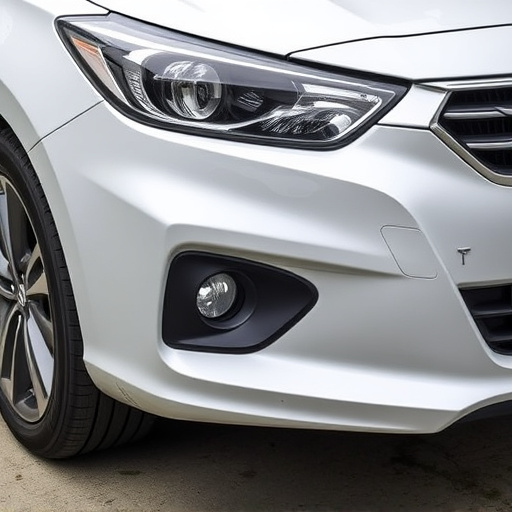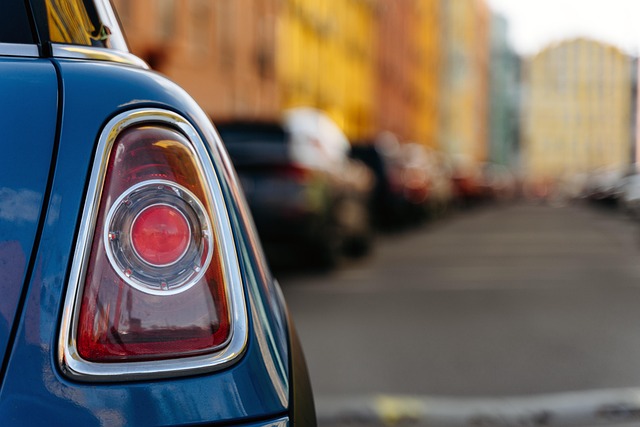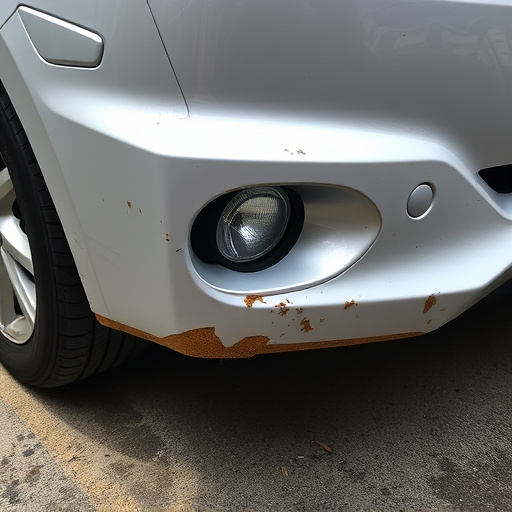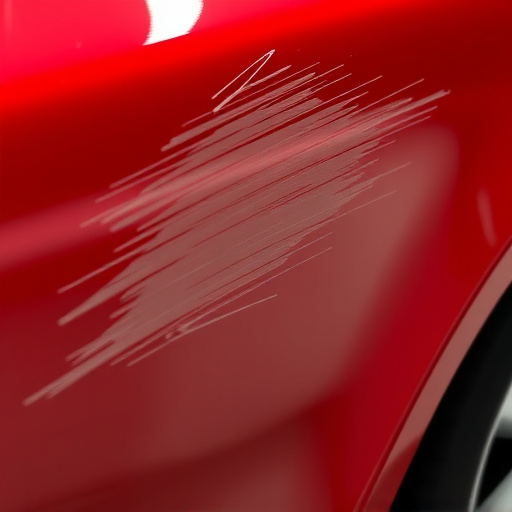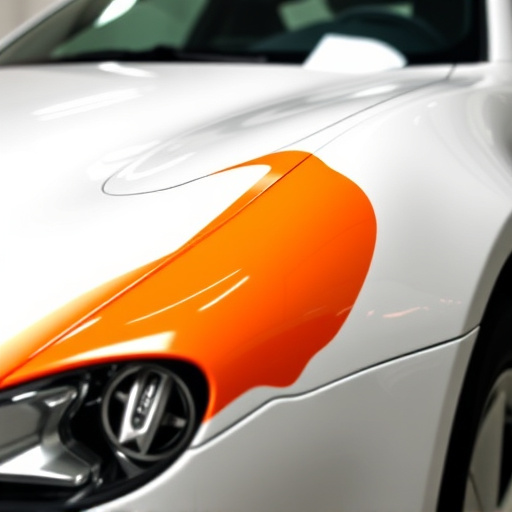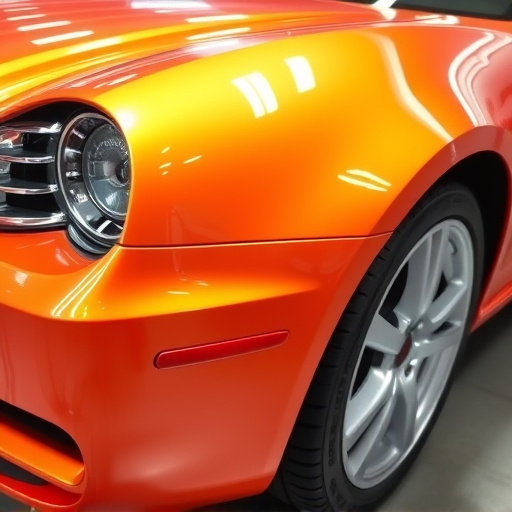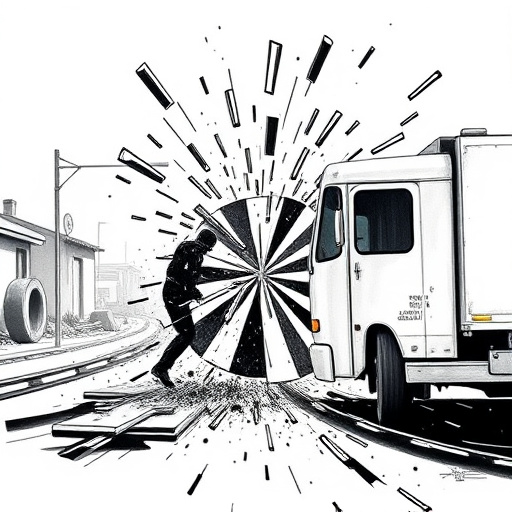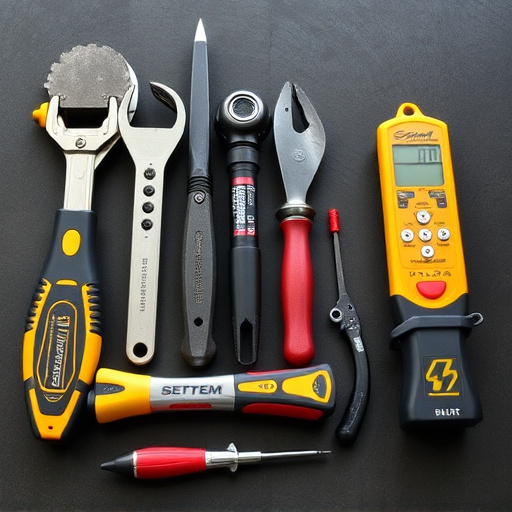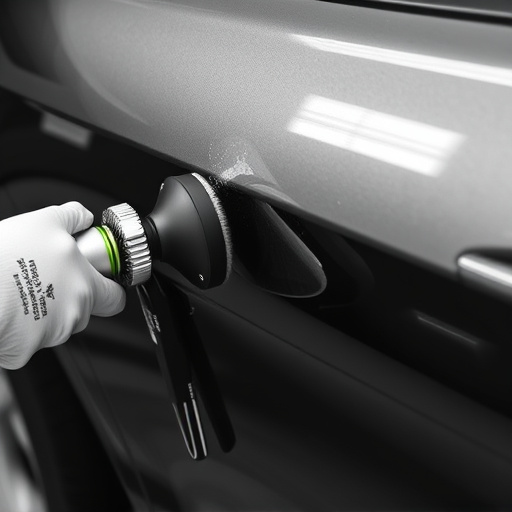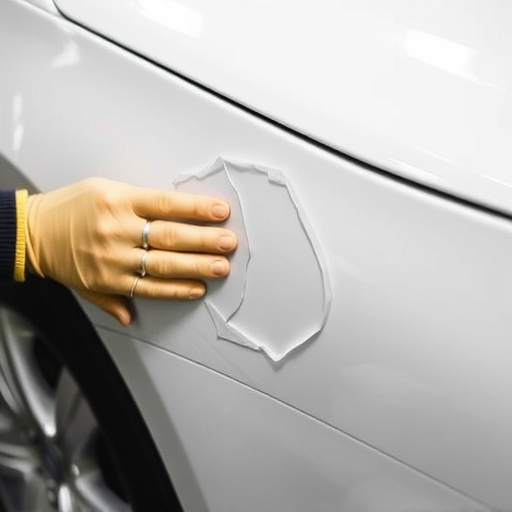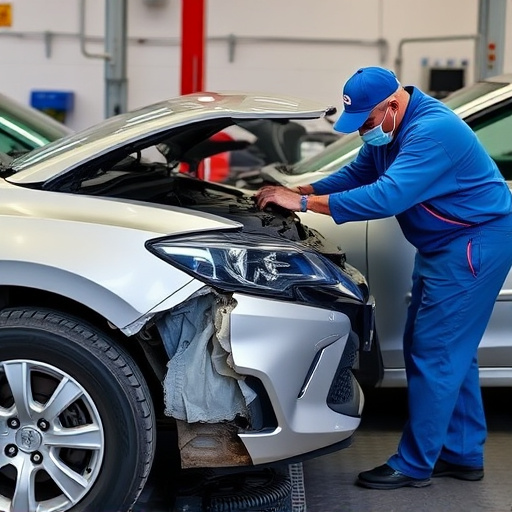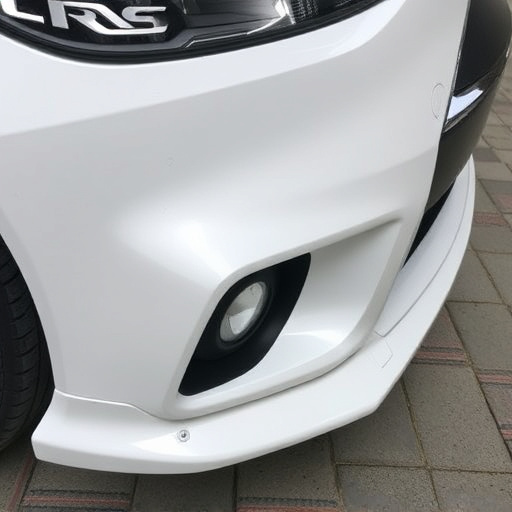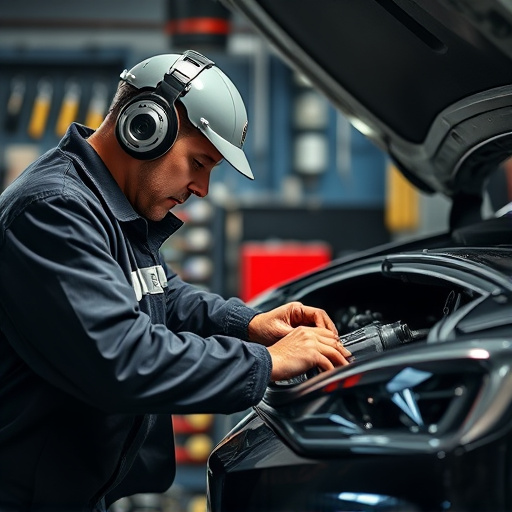Traditional solvent-based paint drying methods slow down automotive repairs and pose health risks. UV paint curing systems offer a fast, efficient alternative by using ultraviolet light to instantly cure paint, significantly reducing downtime for repairs and vehicle painting. This technology is revolutionizing auto body restoration, enhancing efficiency, productivity, and customer satisfaction in high-volume repair facilities. Beyond automotive, industries like manufacturing, marine, and cosmetic packaging are adopting UV curing for streamlined operations, demonstrating its versatility and benefits across various sectors.
The traditional paint drying process, often time-consuming and labor-intensive, has evolved with the introduction of UV paint curing systems. This revolutionary technology significantly reduces downtime in various industries, offering a swift and efficient alternative.
This article explores the science behind UV paint curing, its numerous advantages, and real-world case studies demonstrating its impact on production efficiency. By understanding the limitations of conventional methods, we uncover why UV curing is becoming an indispensable asset for modern manufacturing.
- Understanding Traditional Paint Drying Processes and Their Limitations
- The Revolution of UV Paint Curing: How It Works and Its Benefits
- Case Studies: Industries Embracing UV Paint Curing for Efficient Production
Understanding Traditional Paint Drying Processes and Their Limitations
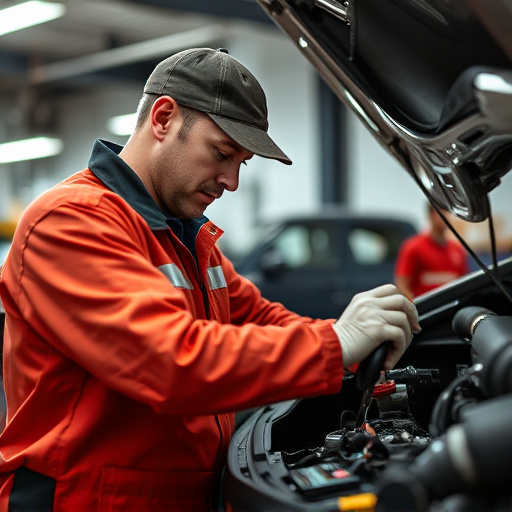
Traditional paint drying processes involve allowing solvent vapours to evaporate over time, which can take anywhere from hours to even days depending on environmental conditions and the type of paint used. This slow evaporation not only leads to significant downtime for vehicles in automotive repair shops but also contributes to a less efficient vehicle paint repair process. In terms of vehicular repairs, every minute counts, and waiting for paint to dry slows down the entire workshop’s productivity.
Automotive repair facilities have long grappled with the limitations of conventional drying methods. These include not just lengthy wait times but also potential health risks from volatile organic compounds (VOCs) released during evaporation. By contrast, a UV paint curing system offers a faster, more efficient alternative. This modern technology uses ultraviolet light to instantly cure and harden the paint, eliminating the need for slow solvent evaporation, thereby drastically reducing downtime in both automotive repair and vehicle paint repair processes.
The Revolution of UV Paint Curing: How It Works and Its Benefits
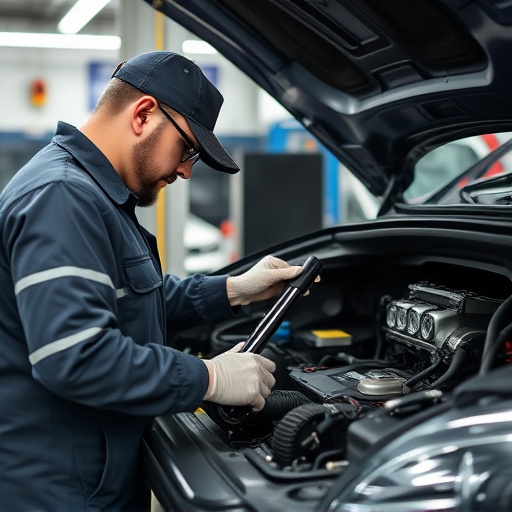
The revolution of UV paint curing is transforming the landscape of vehicle collision repair and auto body restoration. Unlike traditional curing methods that can take hours or even days, this innovative system utilizes ultraviolet light to harden paint quickly, significantly reducing downtime in car body shops. The process works by emitting UV rays that react with specific chemicals in the paint, causing it to cure almost instantly. This not only speeds up repairs but also enhances the overall quality of auto body restoration.
One of the key benefits of a UV paint curing system is its efficiency. It allows car body shops to complete repairs faster, increasing productivity and customer satisfaction. Moreover, the precision of UV light ensures that the paint hardens evenly, minimizing the risk of bubbles, imperfections, or uneven finishes commonly associated with conventional methods. This technology is particularly advantageous in high-volume repair facilities where quick turnaround times are critical to maintaining operational efficiency.
Case Studies: Industries Embracing UV Paint Curing for Efficient Production
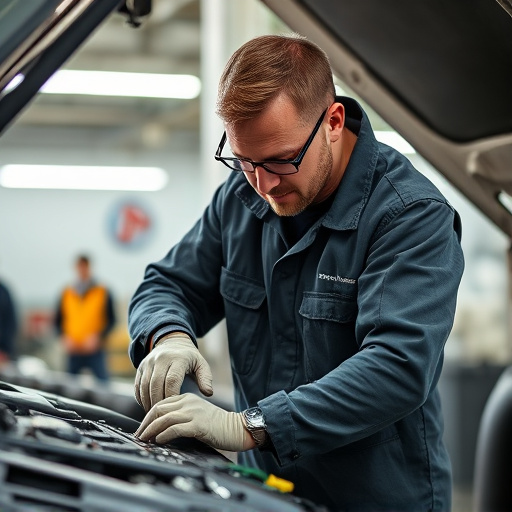
Various industries are recognizing the benefits of implementing UV paint curing systems in their production processes, leading to significant improvements in efficiency and quality. Case studies highlight how this technology has transformed auto body restoration and car body shop operations. For instance, many modern auto body painting techniques now incorporate UV curing to speed up the drying process, reducing overall downtime. This method ensures a more consistent and durable finish, allowing shops to increase their output while maintaining high standards.
Beyond auto body restoration, industries such as manufacturing, marine, and even cosmetic packaging are embracing UV paint curing. Its ability to cure paints and coatings quickly and efficiently has led to streamlined production lines, minimizing disruptions and maximizing productivity. In a competitive market where time is money, these case studies demonstrate that adopting UV paint curing systems can be a game-changer for any business seeking to optimize its operations.
UV paint curing systems offer a revolutionary approach to industrial painting, significantly reducing downtime. By eliminating the need for traditional drying processes, these systems enhance productivity and efficiency across various sectors. The technology’s rapid cure times and consistent quality make it an attractive solution for modern production lines. As more industries adopt UV curing, its impact on streamlining manufacturing processes and minimizing delays is set to grow, solidifying its position as a game-changer in the world of paint application.
